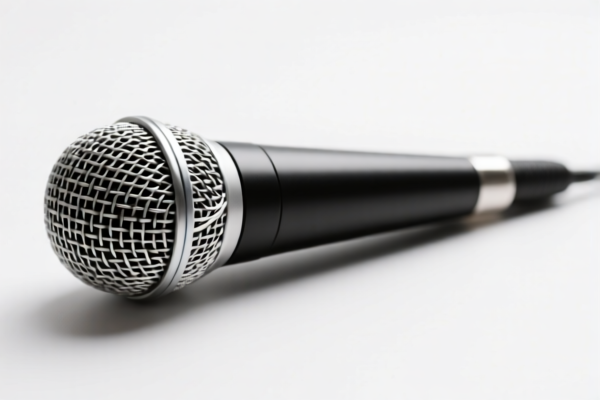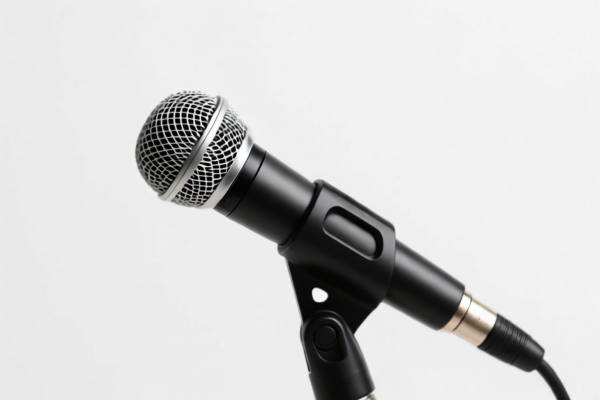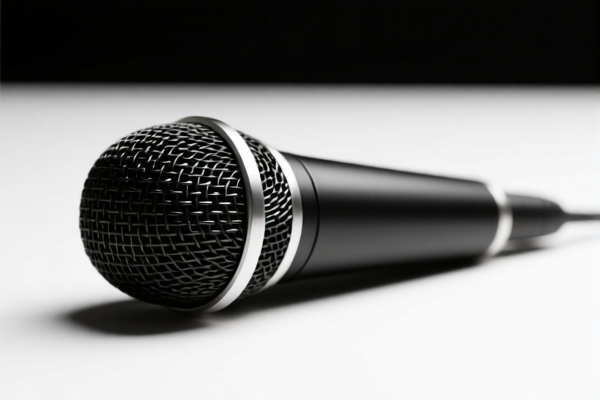| HS Code | Official Doc | Tariff Rate | Origin | Destination | Effective Date |
|---|---|---|---|---|---|
| 8518220000 | Doc | 37.5% | CN | US | 2025-05-12 |
| 8518210000 | Doc | 37.5% | CN | US | 2025-05-12 |
| 8543708000 | Doc | 55.0% | CN | US | 2025-05-12 |
| 8543708000 | Doc | 55.0% | CN | US | 2025-05-12 |




Car Speakers
Car speakers are electroacoustic transducers that convert electrical audio signals into audible sound within a vehicle. They are a fundamental component of a car's audio system, responsible for reproducing music, podcasts, radio broadcasts, and other audio content.
Materials
Car speakers utilize a variety of materials in their construction, each contributing to specific performance characteristics:
- Cone: Commonly made from paper (for warmth and natural sound), polypropylene (for durability and resistance to moisture), or composite materials (combining multiple materials for balanced performance).
- Surround: Typically rubber, foam, or cloth, providing flexibility and sealing the cone to the basket.
- Magnet: Usually ferrite or neodymium, generating the magnetic field that interacts with the voice coil. Neodymium magnets are stronger, allowing for smaller speaker sizes with comparable power.
- Voice Coil: Copper wire wound around a former, carrying the audio signal and moving within the magnetic field.
- Basket/Frame: Constructed from stamped steel, cast aluminum, or plastic, providing structural support and mounting point.
Purpose
The primary purpose of car speakers is to deliver audible audio output to the vehicle’s occupants. They are designed to withstand the harsh conditions within a car, including temperature fluctuations, humidity, and vibration.
Function
Car speakers function based on the principles of electromagnetism. An electrical signal from the car's head unit (radio, media player) is sent to the voice coil. This creates a magnetic field around the coil, which interacts with the permanent magnet. The interaction causes the voice coil to move, driving the speaker cone back and forth, creating sound waves.
Usage Scenarios
- Music Playback: Reproducing audio from various sources like radio, CDs, MP3 players, smartphones, and streaming services.
- Navigation System Voice Prompts: Providing audible directions and instructions.
- Hands-Free Calling: Delivering clear audio for phone calls through a Bluetooth connection.
- Safety Alerts: Providing audible warnings for various vehicle systems.
Common Types
- Component Speakers: Separate woofer and tweeter units, offering improved sound clarity and imaging. Typically require separate amplifiers and crossovers.
- Coaxial Speakers: Combine a woofer and tweeter in a single unit, simplifying installation and reducing cost.
- Full-Range Speakers: Designed to reproduce a wide range of frequencies, often used in smaller vehicles or as supplementary speakers.
- Subwoofers: Specialized speakers designed to reproduce low-frequency bass sounds, providing a deeper and more impactful audio experience.
- Tweeters: Small speakers designed to reproduce high-frequency sounds, enhancing clarity and detail.
- Mid-Range Speakers: Reproduce frequencies between woofers and tweeters, filling the tonal gap for a more balanced sound.
- Soundbars: All-in-one speaker systems, providing a simplified upgrade for factory audio systems.
- Marine Speakers: Designed for use in boats and other wet environments, featuring water-resistant construction.
Car speakers fall under the category of loudspeakers, whether or not mounted in their enclosures. Here are the relevant HS codes based on the provided information:
- 8518220000: This HS code covers loudspeakers, whether or not mounted in their enclosures, specifically multiple loudspeakers, mounted in the same enclosure. This would apply to car speaker systems consisting of several speakers housed together. The total tax rate is 37.5%, comprised of a 0.0% base tariff and a 7.5% additional tariff, increasing to 30.0% after April 2, 2025.
- 8518210000: This HS code also covers loudspeakers, whether or not mounted in their enclosures, but refers to single loudspeakers, mounted in their enclosures. This would apply to individual car speakers sold separately. The total tax rate is 37.5%, comprised of a 0.0% base tariff and a 7.5% additional tariff, increasing to 30.0% after April 2, 2025.
It is important to note that the additional tariff will increase to 30.0% for both HS codes after April 2, 2025.
Customer Reviews
No reviews yet.